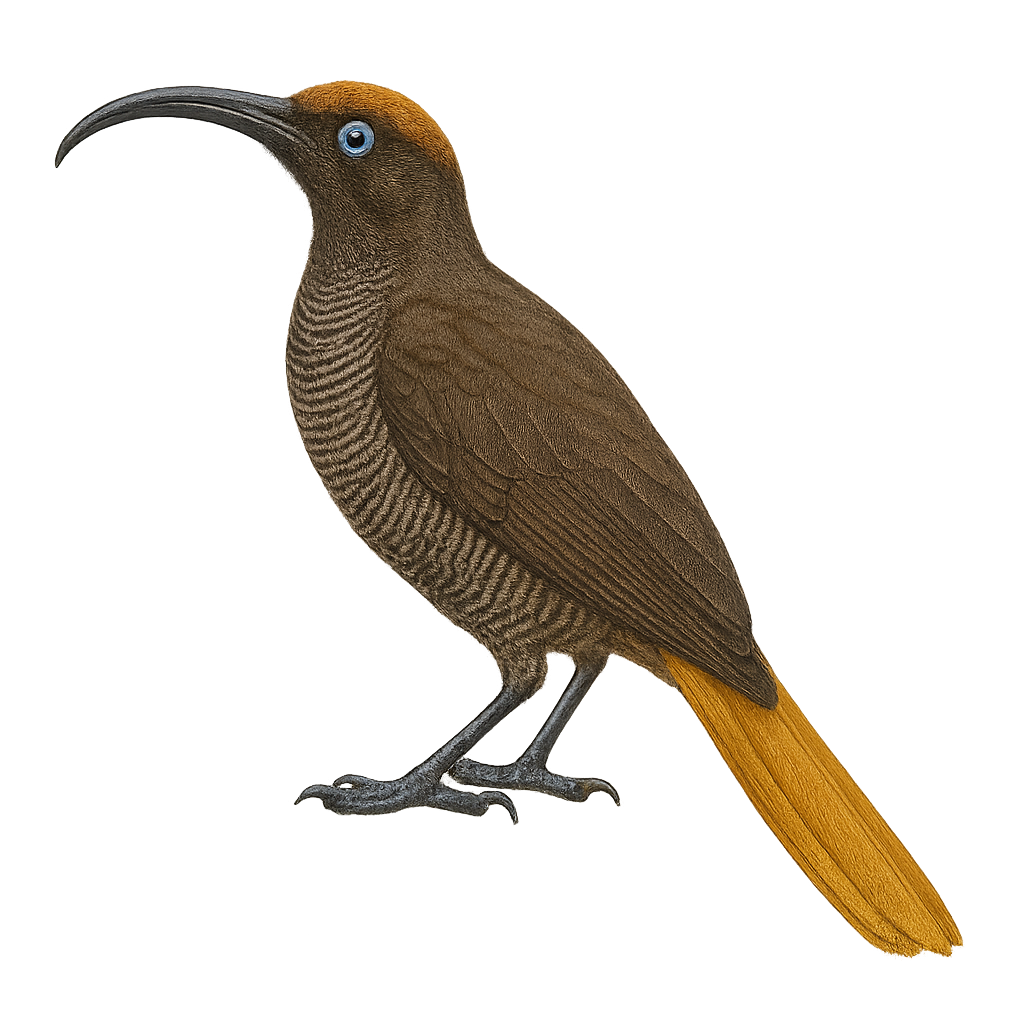Your wildlife photography guide.
Explore the albertis's bird-of-paradise in detail, study its behavior, prepare your shots.
Where to observe and photograph the albertis's bird-of-paradise in the wild
Learn where and when to spot the albertis's bird-of-paradise in the wild, how to identify the species based on distinctive features, and what natural environments it inhabits. The WildlifePhotographer app offers tailored photography tips that reflect the albertis's bird-of-paradise’s behavior, helping you capture better wildlife images. Explore the full species profile for key information including description, habitat, active periods, and approach techniques.
Albertis's Bird-of-paradise
Scientific name: Drepanornis albertisi

IUCN Status: Least concern
Family: PARADISAEIDAE
Group: Birds
Sensitivity to human approach: Suspicious
Minimum approach distance: 10 m
Courtship display: August to October
Incubation: 17-19 jours
Hatchings: August to November
Habitat:
Tropical rainforests, mountainous areas
Activity period :
Primarily active during the day, with peak activity in the morning and late afternoon.
Identification and description:
The Albertis's Bird-of-paradise, Drepanornis albertisi, is a captivating bird from the Paradisaeidae family, endemic to New Guinea. This medium-sized bird is recognizable by its striking plumage and long ornamental tail. Males display vibrant colors, with shades of green, blue, and yellow, while females have more subdued plumage. The Albertis's Bird-of-paradise primarily inhabits tropical rainforests and mountainous areas, feeding on fruits, insects, and small animals. Its courtship behavior is particularly spectacular, featuring complex dances and melodious vocalizations to attract females. Although its habitat is threatened by deforestation, the species is currently classified as of least concern by the IUCN.
Recommended lens:
400 mm – adjust based on distance, desired framing (portrait or habitat), and approach conditions.
Photography tips:
To photograph the Albertis's Bird-of-paradise, it is advisable to use a telephoto lens of at least 400mm to capture the details of its striking plumage without disturbing it. Opt for early morning or late afternoon hours when the light is soft to achieve natural-colored shots. Be patient and discreet, as this bird is suspicious. A tripod can be useful to stabilize your camera and avoid motion blur. Finally, always respect the safety distance to avoid disturbing its natural behavior.
The WildlifePhotographer App is coming soon!
Be the first to explore the best nature spots, track rutting seasons, log your observations, and observe more wildlife.
Already 1 431 wildlife lovers subscribed worldwide

